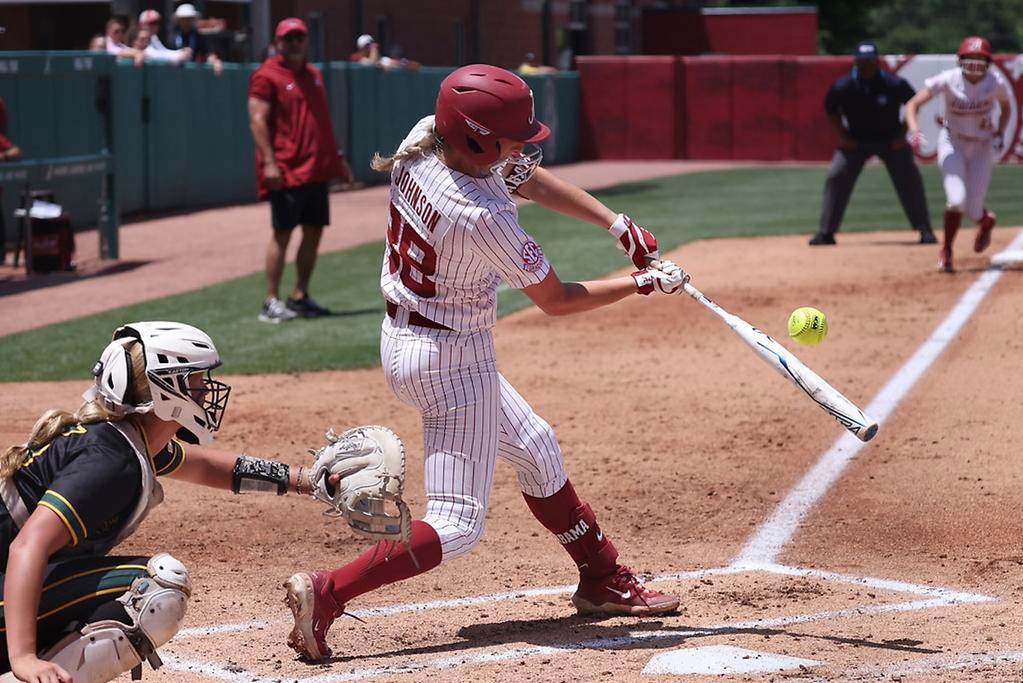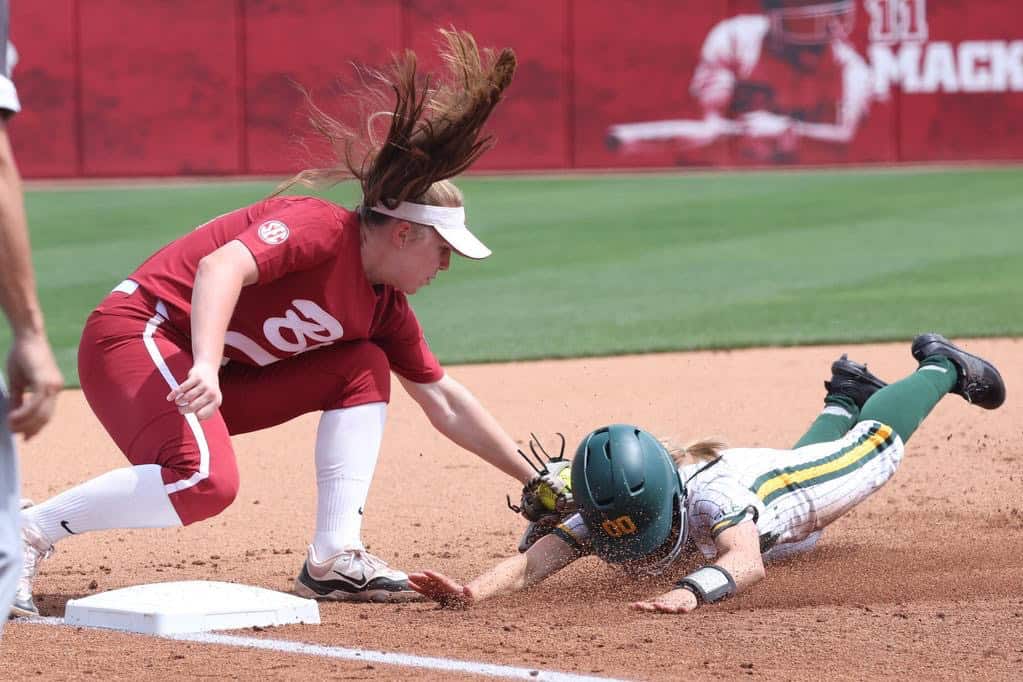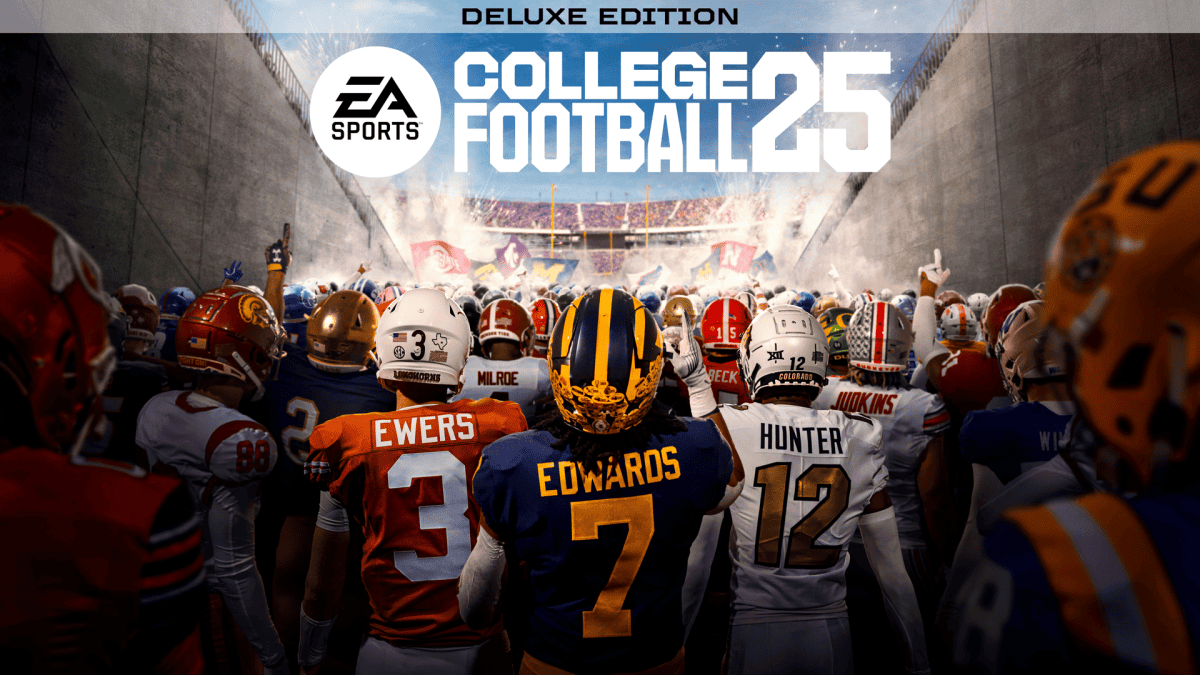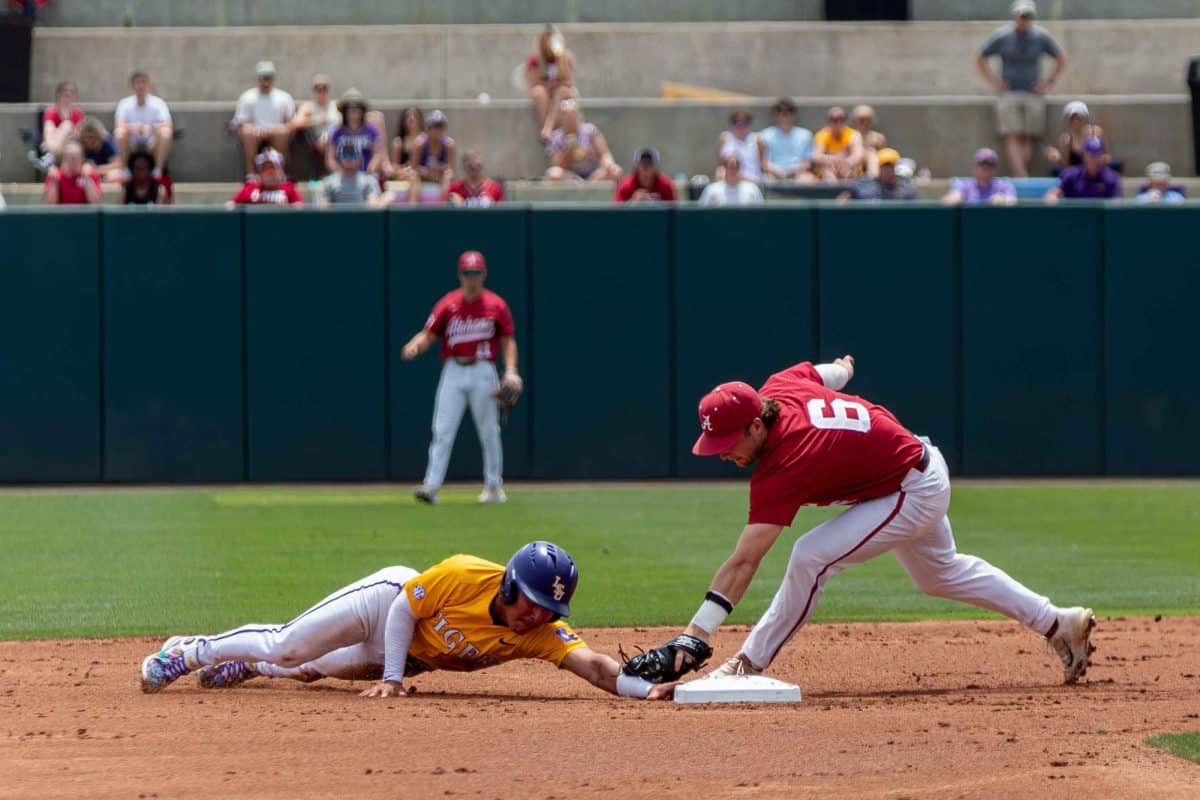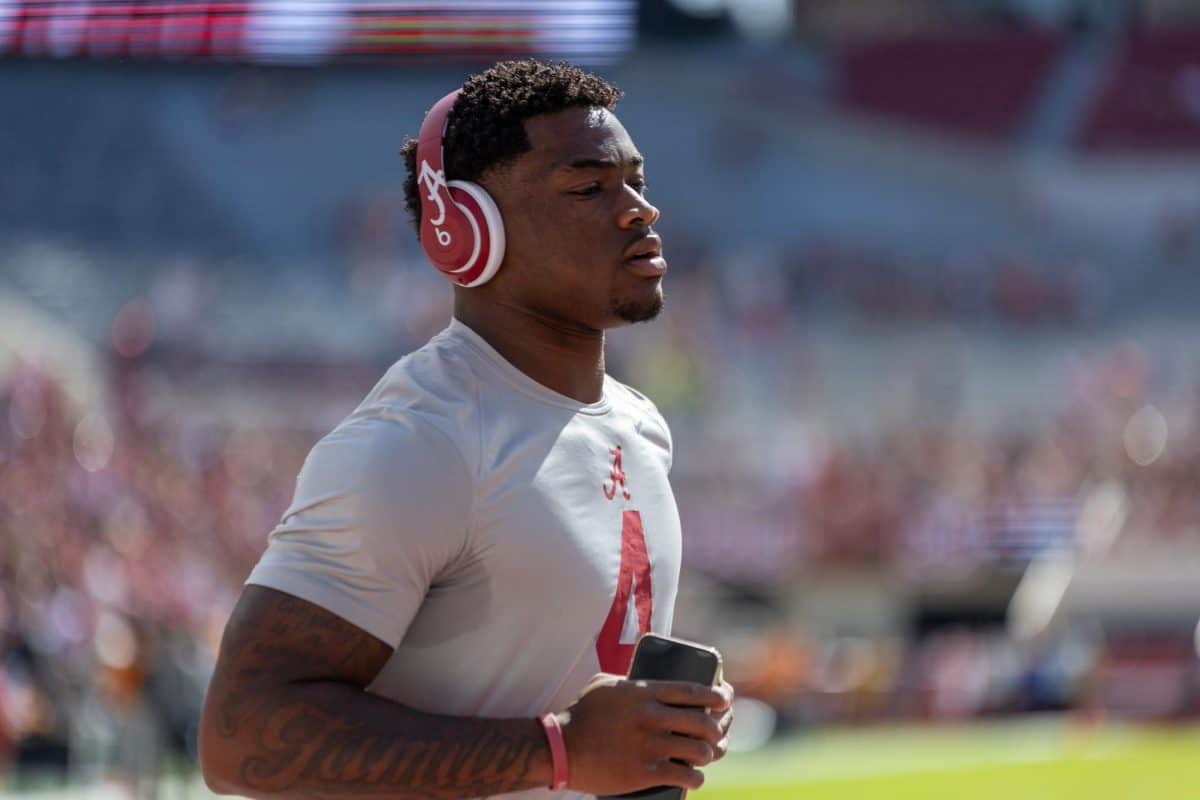Some of you might not have noticed, but football is a very popular game at The University of Alabama. I don’t have numbers to prove this, but I suspect the game of football is probably more popular than the concept of unionization. However, those two might soon be one and the same. After a now well-publicized decision by the National Labor Relations Board, football players at Northwestern University are now considered employees of the university and are entitled to form a union, essentially because they work many hours a week to generate massive amounts of money for the university and the NCAA. Now, you might ask, what does this mean for The University of Alabama?
Not much, really. As a state university, the decision of the NLRB doesn’t apply to Alabama, which is subject only to state labor laws. Those state laws do not designate athletes as employees or uncompensated labor. Additionally, even if the athletes were determined to be employees, they would most likely be considered public employees. The essential power of a football players’ union at Northwestern would be the same as the players’ unions in professional sports: collective bargaining through strikes, labor stoppages and arbitration that creates a Collective Bargaining Agreement, which covers all employees regardless of union membership. In Alabama, public employees are not permitted to strike or collectively bargain (with the exception of firefighters.) The picture is further clouded by differences in the basic labor laws in the two states. Alabama is a “Right-to-Work” state, meaning union support or membership can’t be compulsory. Illinois, where Northwestern is located, is not.
So, while Alabama head coach Nick Saban has voiced his support of a football players’ labor union, it doesn’t seem like such a confederation is in the offing at the Capstone. But academically speaking, what would happen if a union was formed, and the Alabama players were represented by it? The as-yet-unformed union at Northwestern has ties with the National College Players Association and will presumably be working from their demands, so let’s look at some of those.
First off, and most importantly, this unionization is about a lot more than “pay-for-play.” The ethics of paying college athletes is a nuanced and complex debate, and I only have about 150 more words to work with, so I’ll save it for another time. Suffice to say the NCPA hasn’t made salaried payment a significant part of its platform, which can be viewed at NCPAnow.org.
For Alabama, the most interesting focus of the NCPA is the Crimson Tide’s propensity for oversigning. Each NCAA football team is permitted 85 scholarship spots on its roster and 27 signees each spring. Frequently, signing that full class puts Alabama above the scholarship limit, forcing them to put players on medical scholarships, encourage players to transfer schools – which forces most players to lose a year of eligibility – or quit the team entirely, or cut players. If players are cut or placed on medical scholarship, the amount of their scholarship is drastically reduced or completely eliminated. The NCPA would eliminate the loss of eligibility, ensure a player’s right to transfer once, and make certain that players in good standing who lose their athletic scholarships receive an equal-value scholarship to finish their education. The NCPA would also raise scholarship amounts to cover the full cost of an education. By NCAA rules, the current full athletic scholarship for an out-of-state student falls about $5,000 dollars short of the estimated cost of education.
This would certainly cost the University more money. The football program produced $21 million in surplus last year, however, and by my math, those simple adjustments would cost approximately an extra $900,000 in football expenses at most. The benefit most likely exceeds that cost. Accusations of oversigning have surrounded Alabama for years, generating controversy among fans and recruits alike. These changes give players found surplus to requirements more freedom, allows Saban to ensure that every athlete he’s charged with has the chance to graduate somewhere and fixes a competitive recruiting advantage lost in recent years.
Many pundits would have their audience believe the unionization of football players is a black-and-white issue: pay-for-play vs. scholarship only, University vs. football players. Quite simply, the issue is anything but simple. And even though Alabama won’t be faced with the controversy of a players union any time soon, would it be such a bad thing?

